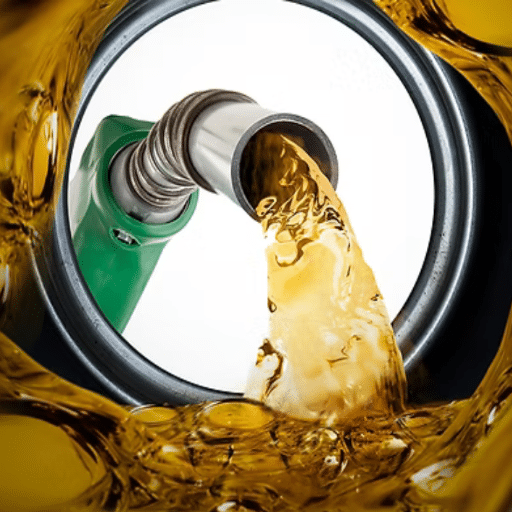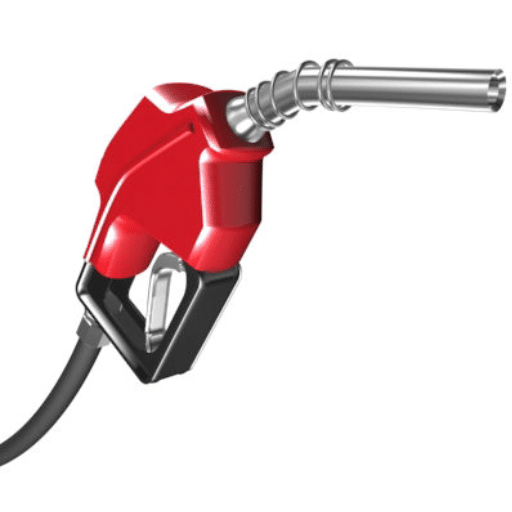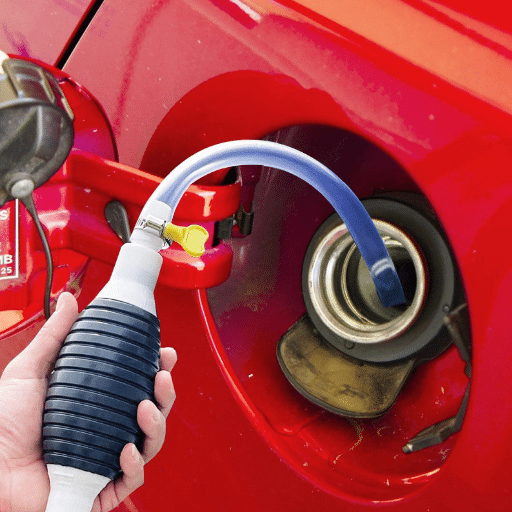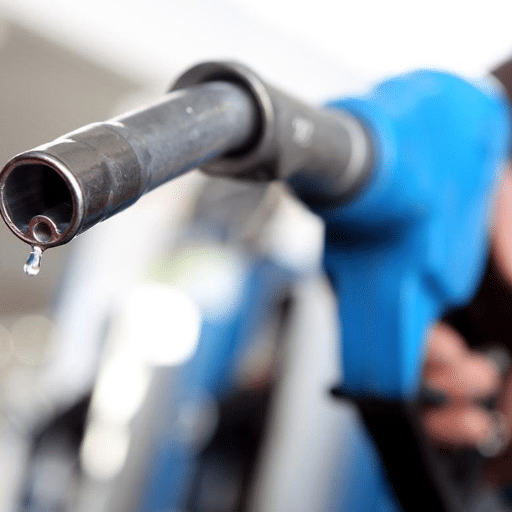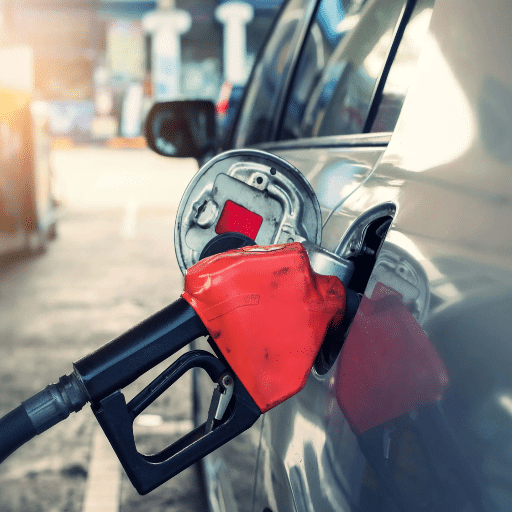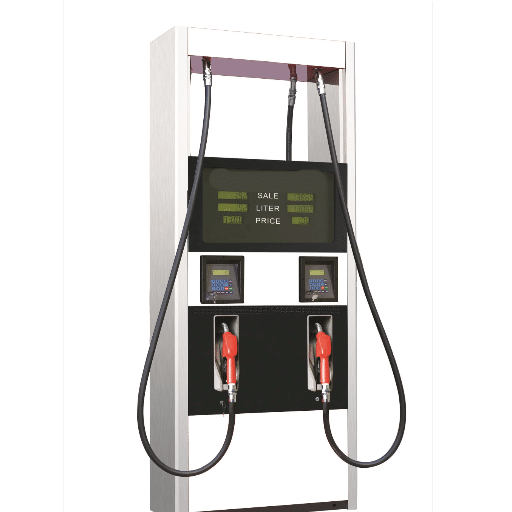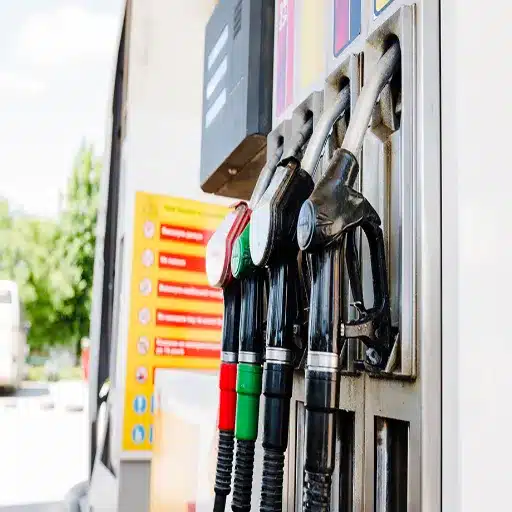Gas stations are an essential part of our lives, as they fuel both the vehicles and the busy schedules of the people who patronize them. How much money do you think these stations actually make? A few people might perceive it as a fairly lucrative business, given the constant customer demand and ever-changing price of fuel. Yet, the reality of a gas station’s profit margin is more intricate than this. The blog delves into the financial workings of gas stations, thereby clarifying how they theoretically generate revenue, the difficulties they face, and the relatively narrow margins in their core operations. By the end, you will get a fair idea of what is involved in keeping the pumps running and the lights on in the local gas station.
Overview of Gas Station Profit Margins
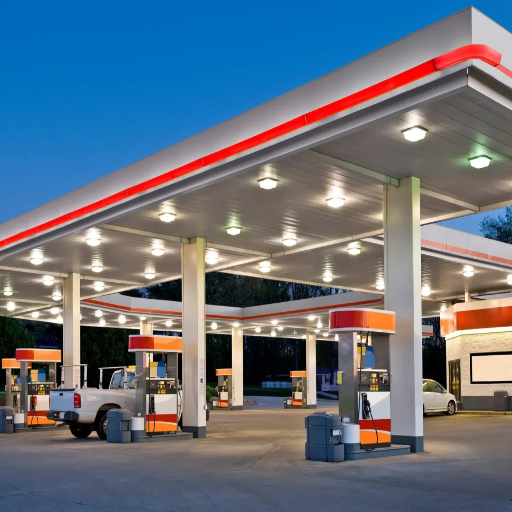
Profit margins at gas stations have traditionally been perceived as large, whereas in reality, these margins average only a few cents per gallon of fuel sold. Prices are affected by wholesale costs, taxes, operational expenses such as transportation, and credit card fees. A significant portion of the profit for a gas station, in fact, comes from sales items in the convenience store: snacks, beverages, and other such things. This stands as a testament to the importance of non-fuel sales for gas stations from an accounting perspective.
What is a Profit Margin?
The profit margin is a financial ratio that indicates the percentage of revenue a company retains as profit after deducting expenses. It shows the efficiency and level of profitability of an enterprise, providing insight into the management of its costs in relation to its sales. A business with a 20% profit margin means it considers 20 cents as profit for every dollar it earns, and 80 cents are spent in expenses, including labor, materials, and other operating costs.
Profit margin variability is generally high, depending on the type of trade being conducted. For example, retail typically operates with lower profit margins of around 2-5% due to competitive pricing and high overhead costs. Light technical and pharmaceutical views can generate profit margins in excess of 20-30% mainly due to innovation and indiscriminate offerings. In the long run, a profit margin needs to be closely monitored and optimized, lest it reveal a company’s ability to generate returns, sustain growth, and remain competitive on its platform.
Factors Influencing Profit Margins
Numerous variables directly influence the margins of profit for businesses, making it imperative to understand these variables for optimization and promoting financial stability and growth. There is one such factor: the cost of production. Companies can achieve higher margins when their supply chains are efficient and raw materials are inexpensive. In another example, industry reports confirm that by investing in modern production technologies, such as automation, specific manufacturing sectors have been able to reduce their costs by 30% or more, thereby widening their profit margins.
Key Factors Include:
- Pricing Strategy: If businesses provide unique products or services with virtually no competition, they can charge very high prices and maximize their margins. Luxury products enjoy incredibly high margins, often exceeding 50%, due to brand equity and exclusivity, whereas grocery retailers, operating in a highly competitive environment, must operate on thin margins, averaging 1-3%.
- Market Demand: Economic trends, such as inflation and changes in consumer preferences, shift spending patterns and, consequently, profit margins. Companies that quickly adopted digital transformation and e-commerce growth consistently reported margin increases of 5-10%, resulting from reduced operating costs and improved scalability.
- External Factors: Policy legislation and the global economic scenario also exert their influence on margins. Industries that are subject to variable tariffs or labor laws must continually revise their operating models to maintain profitability margins.
Average Profit Margin for Gas Stations
Gas stations commonly experience smaller profit margins than in most other industries. When it comes to fuel sales, on the higher end, a gas station might operate with a net profit margin of 2% to 5%. Unpredictable fuel prices, high operating costs, and market competition squeeze these margins.
| Revenue Source | Profit Margin | Notes |
|---|---|---|
| Fuel Sales | 2-5% | Primary revenue but low margins |
| Convenience Store Items | 20-40% | High-margin supplementary revenue |
| Car Wash Services | Up to 60% | Excellent profitability booster |
Other services and product lines, such as convenience store items, car washes, and fast-food beverages, mostly supplement a gas station’s revenue. Typically, ancillary services yield a far higher profit margin (20-40%) to compensate for the threats to fuel sales.
Revenue Sources for Gas Station Owners

Several key sources drive revenue for gas station owners.
- Fuel Sales – Fuel is the biggest money maker, so to speak, although profit margins per gallon are often marginal.
- Convenience Store Sales – Customers seek snacks, beverages, or daily-use items that promise higher-margin returns to overall revenues.
- Car Services – Including car washes, oil changes, and tire inflation, can be rendered for additional income.
- Lottery and Gaming – Ticket sales or hosting a gaming terminal could attract customers and generate a stable cash flow.
- Leased Space – On some occasions, a gas station may lease its space to a quick-service restaurant or another retailer for a fixed income.
This way, the sources of revenue were diversified to shield gas station owners against fluctuating fuel prices and ensure financial stability.
Fuel Sales and Pricing Dynamics
Fuel sales remain the core of primary operations in the gas business, with prices determined by numerous dynamic factors. The crude price is the most significant indicator of fuel prices, accounting for approximately 50-60% of the cost of a gallon. Next are refining charges, distribution and marketing expenses, and taxes that constitute the remainder of the price. As of 2023, aggregate federal and state taxes on gasoline would average approximately $0.57 per gallon, thereby contributing to an increase in the actual price paid by consumers.
💡 Key Insight
Profit margins for fuel sales tend to be pretty thin, at 1-2 percent per gallon after accounting for operational costs such as wages, utilities, and credit card processing fees. While margins are relatively small, high volume sales keep the business profitable overall.
Non-Fuel Revenue Streams
Since fuel margins remain thin, non-fuel revenue streams have become crucial to the profitability of gas station owners. Since 60%-65% of these revenues come from sales at the convenience store, snacks, drinks, and basic household stuff for day-to-day needs have become the mainstay of customer purchases. Industry insiders report that convenience store sales may sometimes account for as much as 44 percent of a gas station’s total in-store sales. The most profitable items are coffee and ready-to-eat food, boasting the highest margins as compared to other products.
Impact of Gas Prices on Revenue
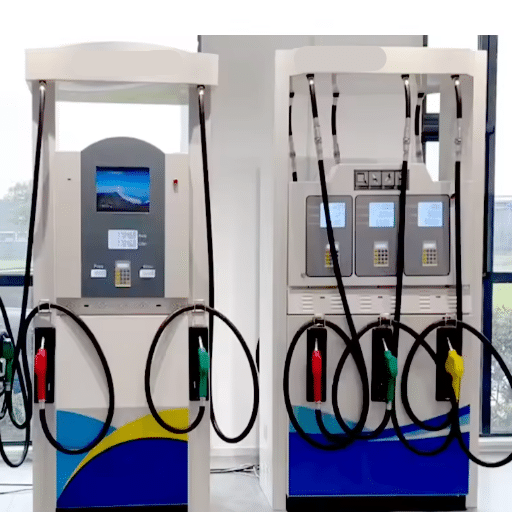
Gas prices are dynamic, with stations gaining or losing revenue depending on whether fuel prices increase or decrease, as well as in-store purchases. When prices start going up, consumers generally fuel less often or put in just sufficient fuel for any occasion; this action directly hits the station’s primary source of income. Furthermore, consumers who have to pay higher gas prices for their travels generally tighten their discretionary spending, hurting sales at the gas station for all kinds of non-fuel-related items, such as snacks and drinks.
How Much Profit is Made per Gallon?
Average Profit Per Gallon: Depending on market conditions, location, and operating costs, profit per gallon of fuel can vary. On average, it is approximately 10 to 15 cents from the fuels sold in the U.S. after deducting expenses for fuel purchases, transportation, credit card fees, and overhead. This corresponds to roughly 2 to 3% of the final price per gallon at the pump.
Noting that fuel retailers depend predominantly on sales from convenience stores and ancillary services to augment overall profits, they make too little money from fuel sales to really count. Industry sources mention that the gross margin on gasoline could be as high as 30 cents per gallon, but costs such as wages, utilities, and maintenance all conspire to cut the net profit.
Strategies to Boost Profit Margins
1. Introduce Convenience Store Offerings
Adding or enhancing convenience store offerings has always been an exceptionally effective way to increase profitability at a gas station. Studies document that nearly 44% of all gas station customers also purchased items inside the store, with snacks, beverages, and tobacco products being the most frequently purchased items. By strategically placing high-margin products and expanding product selections, stations can tap into these outside revenue sources quite effectively.
2. Optimization of Car Washing Services
Car wash services, when installed or upgraded, stand to make considerable income and bring additional customers to the station. Although the modern car wash systems require upfront capital, they have an excellent return on investment, with the average amount charged between $6 and $15 per wash. Stations offering loyalty points or bundled discounts generally encounter an increase in the use of these services.
3. Loyalty & Rewards Programs
A cost-effective way for businesses to build retention and encourage repeat business is by installing reward or loyalty programs. Statistics show that customers enrolled in loyalty programs visit up to 30% more frequently and typically spend more per transaction. Fuel discounts, points redeemed for store items, or association with other local businesses can prove to be enticing for loyalty programs.
4. Focus on Digital Payment and Mobile Apps
A great way to increase convenience for customers while providing smooth operational updates is by integrating mobile apps or digital payment systems. Furthermore, these modern payment tools deliver targeted promotions to the user’s device to advertise products or fuel sets at the best time. As expected, according to a recent report, stations with mobile apps have experienced a noticeable increase in foot traffic and overall sales.
5. Electric Vehicle (EV) Charging Stations
As the number of electric vehicles increases, the inclusion of EV charging stations can become a promising forward-looking business opportunity. Data has shown that the number of EV charging sites in the U.S. is growing rapidly, with stations offering this service generating extra revenue not only from electricity sales but also from increased store visits while charging.
6. Energy Savings Practices
An investment in energy-efficient lighting, refrigeration, and air conditioning can significantly reduce operating expenses. LED lighting, for example, can reduce electricity usage by up to 75%. This lowers operating costs and helps bring on board the eco-awareness movement that is rapidly gaining momentum among consumers.
Case Studies of Successful Gas Stations
Sheetz – Innovation and Convenience
Sheetz, a family-owned chain, has grown by emphasizing the concepts of customer convenience and innovation. They diversified beyond offering fuel; their services now encompass made-to-order food, beverages, and a wide range of convenience store products. Sheetz utilizes technology, including a mobile app for food ordering and pay-at-the-pump, to deliver a seamless user experience.
QuikTrip – Customer Service and Efficiency
QuikTrip has been built on a foundation of excellent customer service and operational efficiency. Stores are known to be clean and well-kept, while the staff remain friendly and cordial; the company is heavily focused on training and employee retention. QuikTrip purchases its highly accessible store sites in high-traffic areas and sells in-store fuel, snacks, and high-quality fresh food items.
BP – Sustainability and Community Engagement
BP gas stations have thus focused on sustainability initiatives and community engagement to stay competitive. Such initiatives include the introduction of carbon-neutral fuel options and collaboration with renewable energy programs to appeal to environmentally conscious customers. Many BP sites also integrate loyalty schemes and promotions to reward frequent customers.
Impact of Convenience Store Sales on Profit
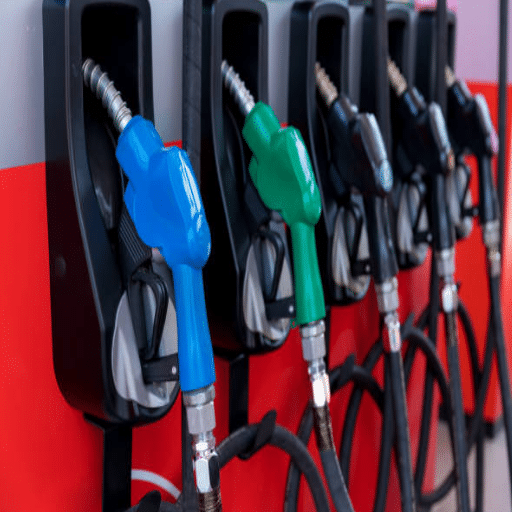
With convenience store sales being crucial to gas stations’ bottom line and often having better overall margins than fuel sales, non-fuel sales might provide up to 30-40% of a gas station’s profit, while snacks, beverages, and prepared foods generally produce the highest margins:
- Pre-packaged snacks: Average at about 35-50% gross margin
- Beverages (coffee and energy drinks): Grant margins in excess of 70%
- Prepared foods: High-margin items that attract frequent visits
Marketing Strategies to Increase Customer Traffic
Today, gas stations would greatly benefit from digital tools and promotions that appeal to modern customers, thereby fostering increased customer traffic. One of the most prominent activities is the implementation of online advertisements targeted to a selected audience.
📊 Key Statistics
- 78% of offline purchases stemming from local mobile searches
- 47% of customers are more likely to choose a gas station that offers an app-based loyalty program
- Mobile ordering and app-exclusive discounts encourage repeat visits
Market Trends in Gas Prices
Gasoline prices are influenced by several factors, including crude oil prices, refining costs, distribution expenses, and taxes imposed by local governments. Recently, a note of volatility has been attached to oil prices due to the general economic situation and geopolitical tensions.
Seasonal Trends
- Summer: Prices typically rise as demand for driving increases, partly due to family vacations and excursions
- Winter: Demand for gasoline is significantly lower, which usually brings prices down
- Regional Variations: In some regions with high taxes or limited refinery capacity, the average gas price has fluctuated drastically, sometimes surpassing $4 per gallon
Future Projections for Gas Station Profitability

The future profitability of gas stations is likely to be shaped by various emerging trends and challenges. Electric vehicles present an existential threat to gas stations. Once traditional fuel sales declined, these stations were expected to look for additional sources of revenue.
🔮 Future Outlook
- EV Charging Stations: Will serve as an income-generating option while attracting green clientele
- Convenience Store Expansion: Broadening product categories and service delivery options
- Sustainability Measures: Provision of biofuel and greenhouse gas reduction initiatives
- Technology Integration: Digital payments, mobile apps, and enhanced loyalty programs
Conclusion
Additionally, by diversifying their offerings, embracing technology, and adapting to consumer needs, gas stations can remain competitive and expand their profit margins in the current tight and fuel-limiting market conditions. The industry may face new regulations and sudden spikes in fuel prices that are somewhat uncontrollable, but remaining relevant to market trends and consumer preferences will be the second key to sustained profitability.

